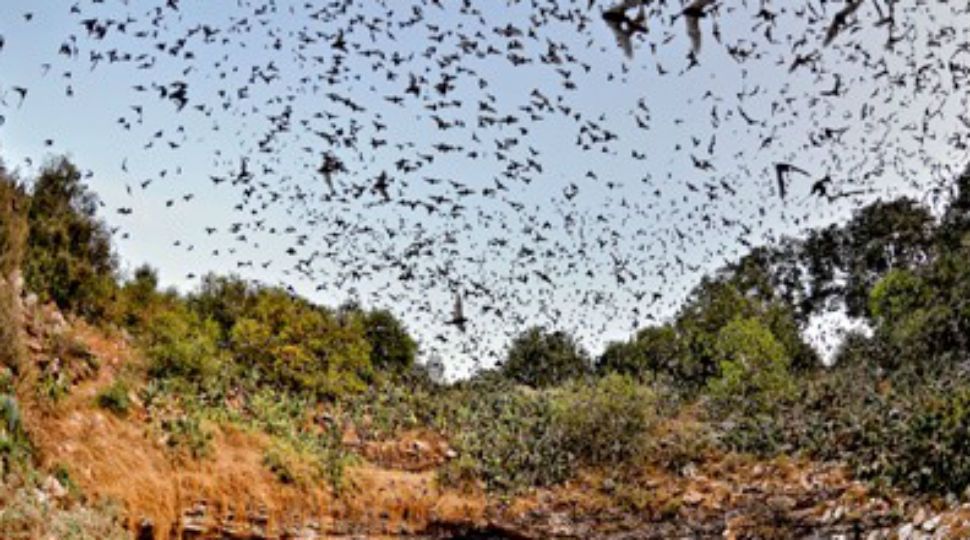SAN ANTONIO -- Bat Conservation International announced Wednesday that early signs of the fungus Pseudogymnoascus destructans has been detected at one of the world’s premier bat conservation sites, Bracken Cave Preserve, home to up to 20 million Mexican free-tailed bats.
- Part of statewide surveillance and monitoring effort
- Fungus causes the disease White-nose Syndrome
- Been spreading in Texas since 2017
The detection of the Pd fungus is part of a statewide surveillance and monitoring effort of bat colonies across Texas to proactively spot signs of the fungus in critical bat habitats.
“We will not back down from this threat,” BCI Chief Scientist Dr. Winifred Frick said. “We’ve been anticipating this problem for more than a decade and are poised to respond with the protective measures that our bats deserve. “
The Pd fungus causes the disease White-nose Syndrome, which kills bats when they hibernate in winter. Across North America, WNS has killed millions of hibernating bats over the past decade, causing the most severe threat to bats on the continent.
“We are working closely with Texas Parks and Wildlife Department as well as the White-nose Syndrome research community to continue to expand our efforts to understand what this means for bats in Texas, and to develop long-term solutions for protecting those species that are vulnerable to this terrible disease,” Frick said.
The fungus has been spreading in Texas since 2017, when it was first detected in the Texas Panhandle. Although the invasive fungus has now been detected in 22 counties across Texas, there are no signs of the WNS disease on bats in Texas yet.
Specifically, there are no signs of the disease at Bracken Cave nor on Mexican free-tailed bats. While BCI does not anticipate that Mexican free-tailed bats are vulnerable, the organization is not leaving anything to chance.
BCI plans to increase surveillance and monitoring at the cave and surrounding areas.
